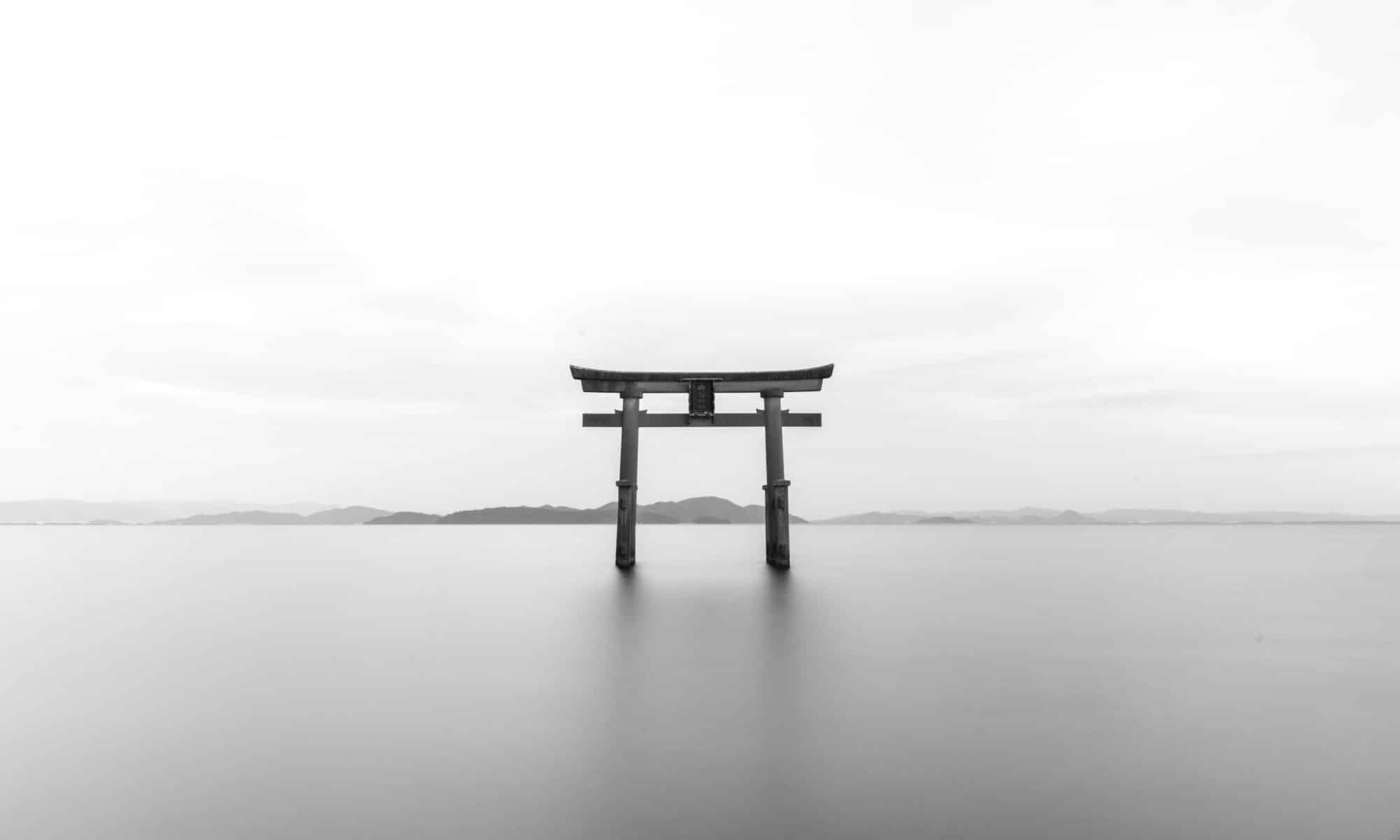
Träning i kväll!


Japansk kampkonst


Det blir ingen träning på alla helgons dag. Vi ses på tisdag istället!

Aikido tränas i nästan hela världen. Med över 2 miljoner aktiva utövare gör det möjligt att få träffa likasinnade i från alla världsdelar. Just nu är vi i aikidons födelseort, Iwama (Kasama) Ibaraki, Japan. Det är en stor ära och möjlighet att få träna för Inagaki shihan, direkt elev till grundaren av aikido, Morihei Ueshiba (O’sensei) och sedan som uchideshi till Saito shihan. Alla som tränar i Björkstadens Aikidoklubb och visar rätt inställning och stamina kan få möjlighet att följa med om tillfälle ges. Ibaraki shibu dojo är den yttersta källan till O’senseis aikido.

Vi har träning som vanligt tisdag och torsdag v 44. Även barngruppen är välkommen på dessa pass under lovet!

Ingen träning på alla helgons dag.
Hälsningar från Iwama, Japan.

Grattis till en välförtjänt ny grad!

Grattis Mika till din nya grad! Vi fick se en fin och stabil gradering i barngruppen i lördags. Bra jobbat!